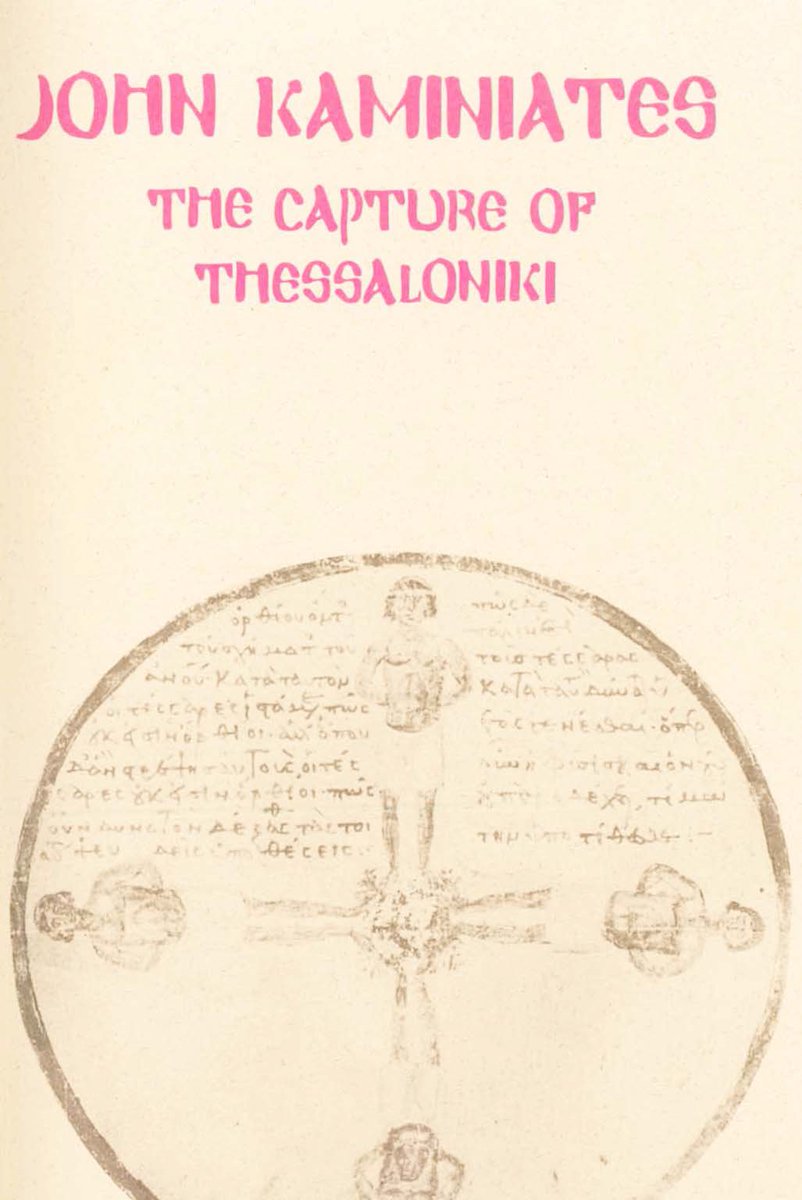Highlighted threads from last month (April).
The Roman march into Saxony
The Roman march into Saxony
https://x.com/lefineder/status/1907546075382370545
The Roman conquest of Czechoslovakia. Almost.
https://x.com/lefineder/status/1907234152879190213
Are you richer than the Aztec elites?
https://x.com/lefineder/status/1909348006517711021
Lost Germanic battles.
https://x.com/lefineder/status/1910062806709452984
The conquest of Asturia
https://x.com/lefineder/status/1910418632980517256
A short naval history of Classical Greece
https://x.com/lefineder/status/1910380155811385747
The plot against Armenia
https://x.com/lefineder/status/1910824363055554676
Eye-witness account of the fall of Thessaloniki
https://x.com/lefineder/status/1910854393865359548
Ancient Greek archaeology
https://x.com/lefineder/status/1911080425499529718
Callidromus' journey
https://x.com/lefineder/status/1912622825455960137
Trajan-Pliny letters
https://x.com/lefineder/status/1912946091248546230
Notable literary works over the past 5000 years.
https://x.com/lefineder/status/1913258383496409238
Theard on "The historical figure of Jesus"
https://x.com/lefineder/status/1913604363471175889
Collection of primary accounts for the sack of Rome
https://x.com/lefineder/status/1914000146481787203
Bronze Age letters between Egypt and its vassals
https://x.com/lefineder/status/1915810025597014175
Indian late antiquity collapse
https://x.com/lefineder/status/1916233077728161894
Early Rome skepticism
https://x.com/lefineder/status/1916871138229031175
Alexander's march through the Gedrosian desert
https://x.com/lefineder/status/1916125170307314165
On the Phoenicians
https://x.com/lefineder/status/1915146526713930166
• • •
Missing some Tweet in this thread? You can try to
force a refresh



















